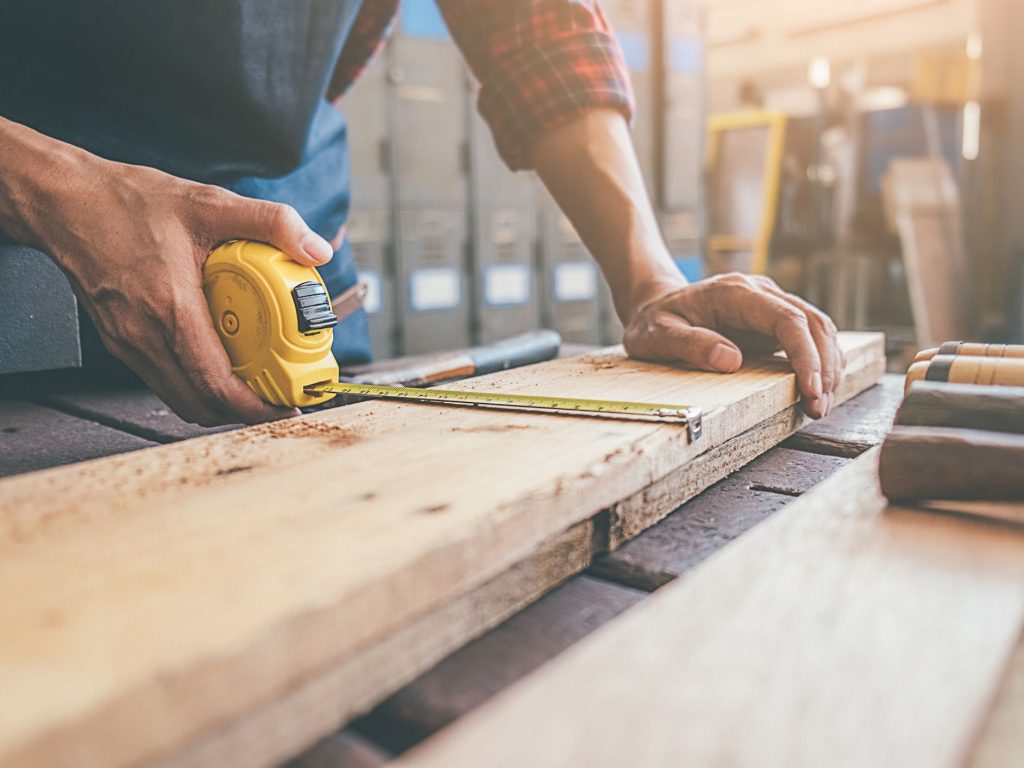Woodworking adhesives – How to get rid of the duds?
There are likely to be as many adhesives for woodworking and carpentry as there are shelves. How can anyone possibly pick from the overwhelming number of glue products available at large home improvement stores?

Be confident, we will get you to the end of this article. To help, you can even create a basic agenda of prerequisites.
One thing is for sure, with any other inquiry such as this, the most important thing is the application. What do you think it is that you are doing?
Think about whether this is an indoor or outdoor application. How will the work be presented to the elements, including dampness and precipitation? Will there be dampness or openness in the normal use of the reinforced items? This is why you need to use waterproof cement.
Some pastes can be water-solvent and may break down with dampness or stretched openness.
Also, consider how the materials are fortified. A typical wood paste might be sufficient if it is a wood-to-wood joint. It is an affordable option that is currently available in many homes.
Is it possible to paint the work when it is finished? If this is the case then ensure that the glue has solidified to accept paint. Paint cannot be painted if it is not globalised by some silicon caulking products.
Are there large amounts of mating surfaces in the joint? Or is it lopsided and full of voids? If you find a lot of voids, you might consider using a cement that can work well in these conditions. Although epoxy is good at voids, it can become messy, costly and foul.
This should be enough information to help you pick the best indoor/outdoor wood paste, epoxy or development type adhesives for the most important of jobs.
Get in touch with adhesives
Contact adhesives are used primarily for attaching delicate covers to surfaces, such as plastic overlays and facades, and for shoe repairs.
The contact glue is applied to both surfaces and allowed to dry. After the glue has dried, the two surfaces can be squeezed together. Most contact adhesives are instant. However, a few contacts allow for a short time during which the surfaces can be modified.
Contact adhesives that are dissolvable based tend to be very breathable. Exposed flares and cigarettes should not be allowed in the area. For dissolvable based glues, CH3)2CO or an exceptional remover are required. Water-based adhesives can be removed with soggy fabric.
